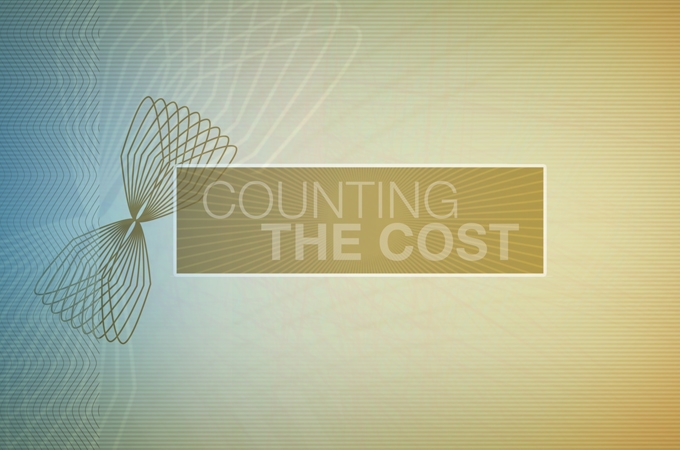
A tale of three African economies
We zero in on Nigeria, South Africa and Zimbabwe for an in-depth look at their varying approaches to economic growth.
This week, we take an in-depth look at Africa, zeroing in on three different countries across the continent, and their varying approaches to economic growth.
Nigeria, the most populous country on the continent, has an economy that has long relied on oil. It remains the main source of foreign reserves in Nigeria, and is expected to bring in upwards of $50bn for Africa’s second-largest economy.
Keep reading
list of 4 items‘Triple spending’: Zimbabweans bear cost of changing to new ZiG currency
Boeing hit with 32 whistleblower claims, as dead worker’s case reviewed
US imposes new sanctions on Iran after attack on Israel
But $50bn is actually not that much in the grand scheme of things. In fact, agriculture is by far the biggest contributor to Nigeria’s economy, accounting for 40 percent of its GDP.
Historically, agriculture was always the ‘big’ business. Oil just became the story when it was discovered back in the 1950s.
Now, with all the insecurity surrounding the oil industry in Nigeria, it is becoming even more important to revive the agriculture sector.
However, the Nigerian agri-economy may be the second biggest contributor to GDP, but food imports are ridiculously high, with the annual food import bill having rocketed to around $11bn, which is equivalent to more than a third of the federal budget.
But if things go according to plan, that will all change, with job creation of three and a half million new positions in the agriculture business.
The Nigerian agriculture minister Dr Akinwumi Adesina joins Counting the Cost for an in-depth discussion from Abuja.
The African exchange
Nigeria has one of the four largest stock exchanges in Africa, out of a total of 22 across the continent. And agriculture stocks dominate and make up the largest proportion of its listings.
Above that is the Kenyan Securities Exchange, which is looking to raise its profile by pushing the idea of ‘regional integration’, which it believes will encourage growth in East African markets, and promote free movement of labour.
Egypt is Africa’s second largest exchange, but there is no escaping the violence and political unrest which has put the brakes on the economy and kept foreign investors away.
Claiming the top spot is South Africa, the Johannesburg Stock Exchange is by far Africa’s biggest, and has just reported a tripling in first half profits. Nicky Newton-King, the chief executive of the Johannesburg Stock Exchange, joins us to discuss how things have gone so well.
Just north of South Africa’s border is Zimbabwe, which has been a fascinating and in fact somewhat strange economy over the years.
At one point a few years ago, there was a currency bill of 10 million Zimbabwean dollars, which was barely worth the paper it was printed on.
Now those days are gone – Zimbabwean currency no longer exists, and all exchanges are done in dollars, euros, and South African rands. It indicates progress of a kind, but then one hears about things like a plan by Robert Mugabe’s Zanu-PF government to set up a secondary stock exchange in Zimbabwe.
The catch is that it is only for black investors, and mainly black-owned companies.
Eurozone’s ‘recovery’
Meanwhile, across the ocean, there is some good news coming out of the eurozone. For the first time in a long time, the economic bloc is officially out of recession.
The second quarter of 2013 saw growth of 0.3 percent which, although still very low, does get the eurozone over the psychological hump of the longest recession in Europe in 40 years.
Germany’s economy grew 0.7 percent and France was up half a percent. But the Netherlands, Spain and Italy all contracted in that second quarter.
Eurozone unemployment was 12.1 percent in June meaning a genuine ‘recovery’ is still a long way off.
Finally this week, a bit of sport, and the introduction of goal-line technology into football’s English Premier League.
Fans have been calling for it for years, because it will – quite simply – remove any doubt over whether a goal was scored or not.
But correcting the referee’s mistake might be limited to those who can afford it. The technology costs a lot – almost $390,000 per stadium, and it has been done in 20 stadiums across the UK already. We take a look at the cost of getting it right.
Watch each week at the following times GMT: Friday: 2230; Saturday: 0930; Sunday: 0330; Monday: 1630. Click here for more Counting the Cost. Follow Kamahl Santamaria @KamahlAJE and business editor Abid Ali@abidoliverali |
